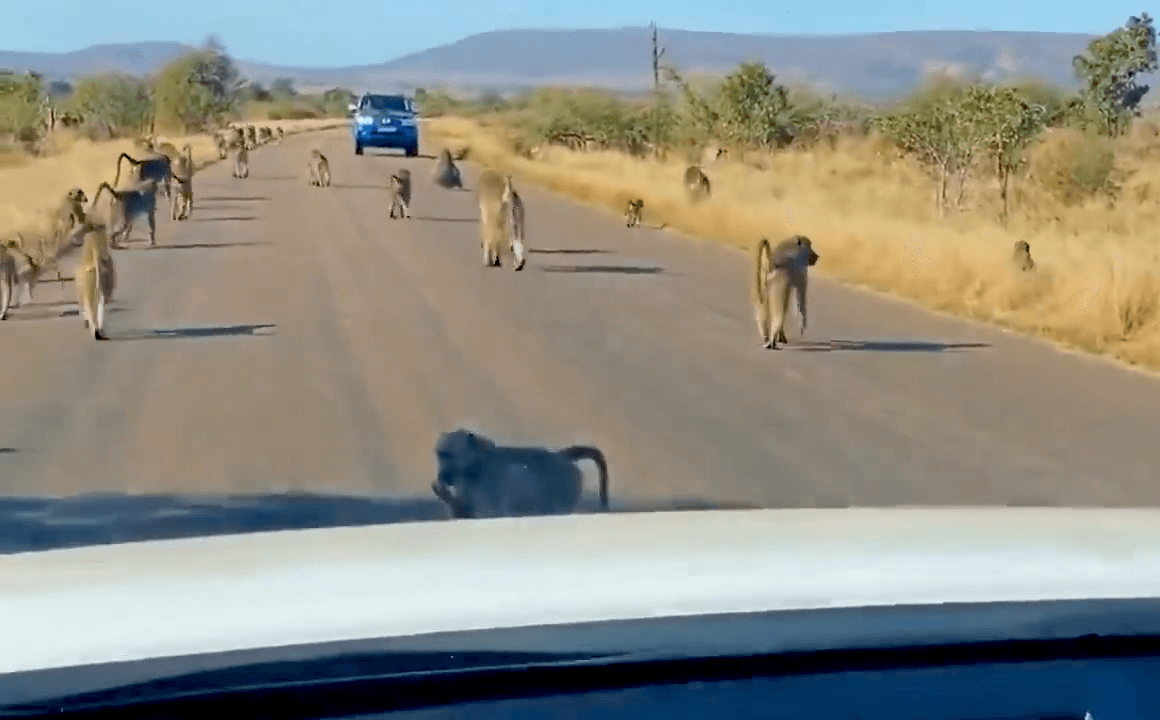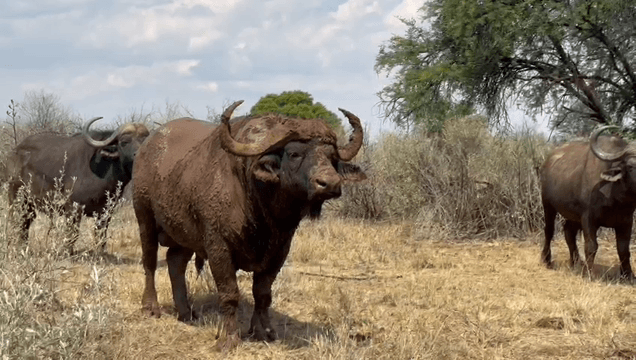
Brooks Falls in Katmai National Park is a justifiably famous location for photography. But after years of visiting this place, the images that I'm drawn to are not the classic bears-snatching-salmon shots. Instead, it's scenes like this that inspire me to raise my camera.
Post: 2 August 17:49
















































